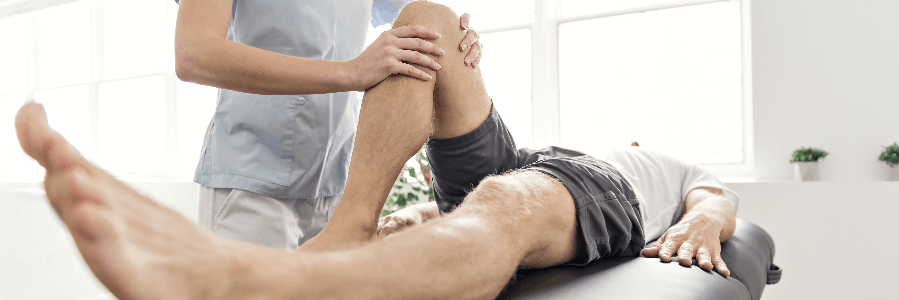Physical therapy for children and adults with cerebral palsy is becoming an integral part of all treatment plans and it’s often the first step in seeking independence from this condition.
Cerebral palsy is difficult to treat and most physicians are recommending that patients explore all potentially positive treatment options to find the best standard of care.
Treatments and Therapies for Cerebral Palsy
What are proven treatments for cerebral palsy? What therapies can help people with severe cerebral palsy?
These are common questions that loved ones and sufferers ask when looking for treatment solutions to lessen the side effects of the disease. Unfortunately, cerebral palsy does not have a cure but there are treatments and therapies for cerebral palsy that can help.
Medications are typically the first option. These medications work to loosen the muscles in the body and limit pain. Sometimes these medications are taken orally while other times are injected directly into the muscles or nerves.
Physical therapy, occupational therapy, and speech and language therapy are the next round of therapies patients can try. Each therapy, however, offers different benefits.
- Occupational therapy helps children and young people learn how to function in their environment (school, community, potential work options).
- Speech and language therapy help children learn how to use sign language as well as learn how to speak properly.
- Physical therapy works to build muscle, improve flexibility and develop stronger motor development skills. Physical therapy is critical at every age and can help both children and adults.
Physical Therapy & Mobility
Mobility and movement are one of the greatest challenges for children and adults with cerebral palsy. Adults in physical therapy often see improvements in coordination, balance, flexibility, strength, endurance, posture and even pain management when continuing treatment and motor skill development.
Different physical therapy exercises help different cerebral palsy patients.
When children and adults enter physical therapy, they’re introduced to different types of physical therapy exercises available for their condition (spastic cerebral palsy, athetoid cerebral palsy and ataxic cerebral palsy). Most practitioners will want to help patients with a variety of exercises that target different areas to offer overall benefits and continued improvement. Every cerebral palsy body responds to physical therapy exercises differently.
- Spastic cerebral palsy physical therapy exercises help by reducing jerky movements. Exercises, like stretching, will create a smoother, stronger body with less stiffness and more natural movements.
- Athetoid cerebral palsy patients need to develop a much stronger body and build muscle so practitioners may focus mostly on building strength. These exercises will be similar to working out but will target the body in a simple and structured way. The goal is to build muscle without overworking the body.
- Ataxic cerebral palsy patients need help with balance and physical therapists will choose exercises that build stability and balance.
Physical Therapy in Schertz and Surrounding Areas
Physical therapy is often the first step to relieving cerebral palsy. To learn more about the benefits of physical therapy treatments, contact our physical therapy clinic today. We would love to speak with you about your physical ailments and help you find relief.





